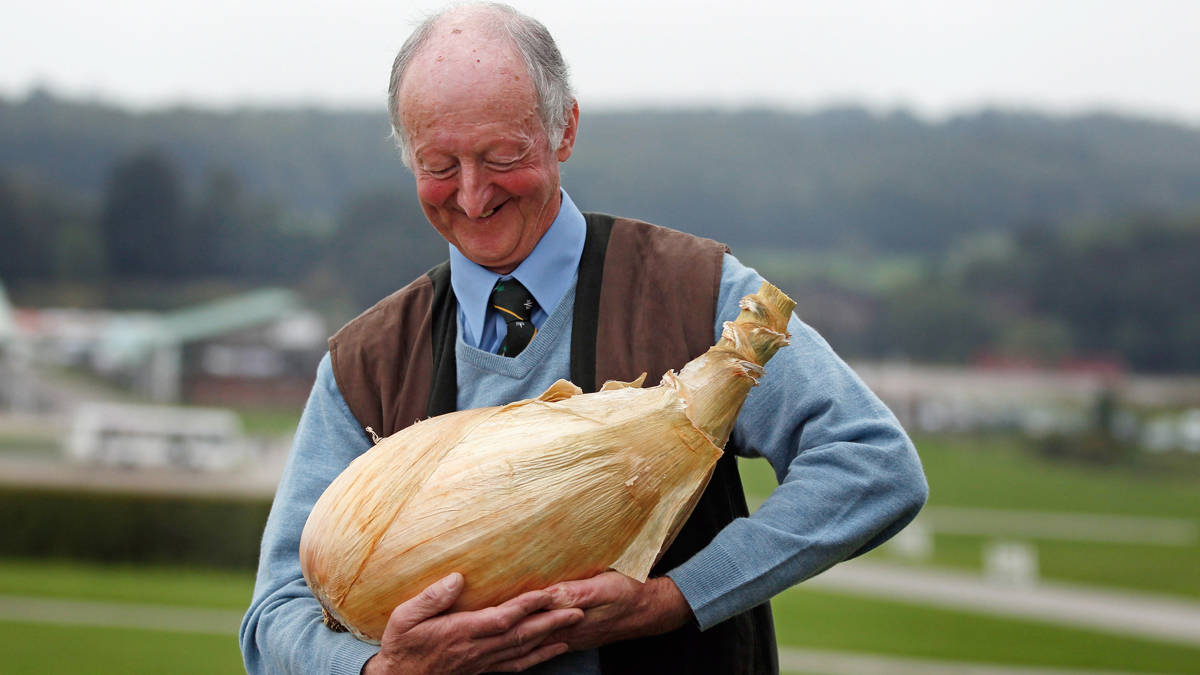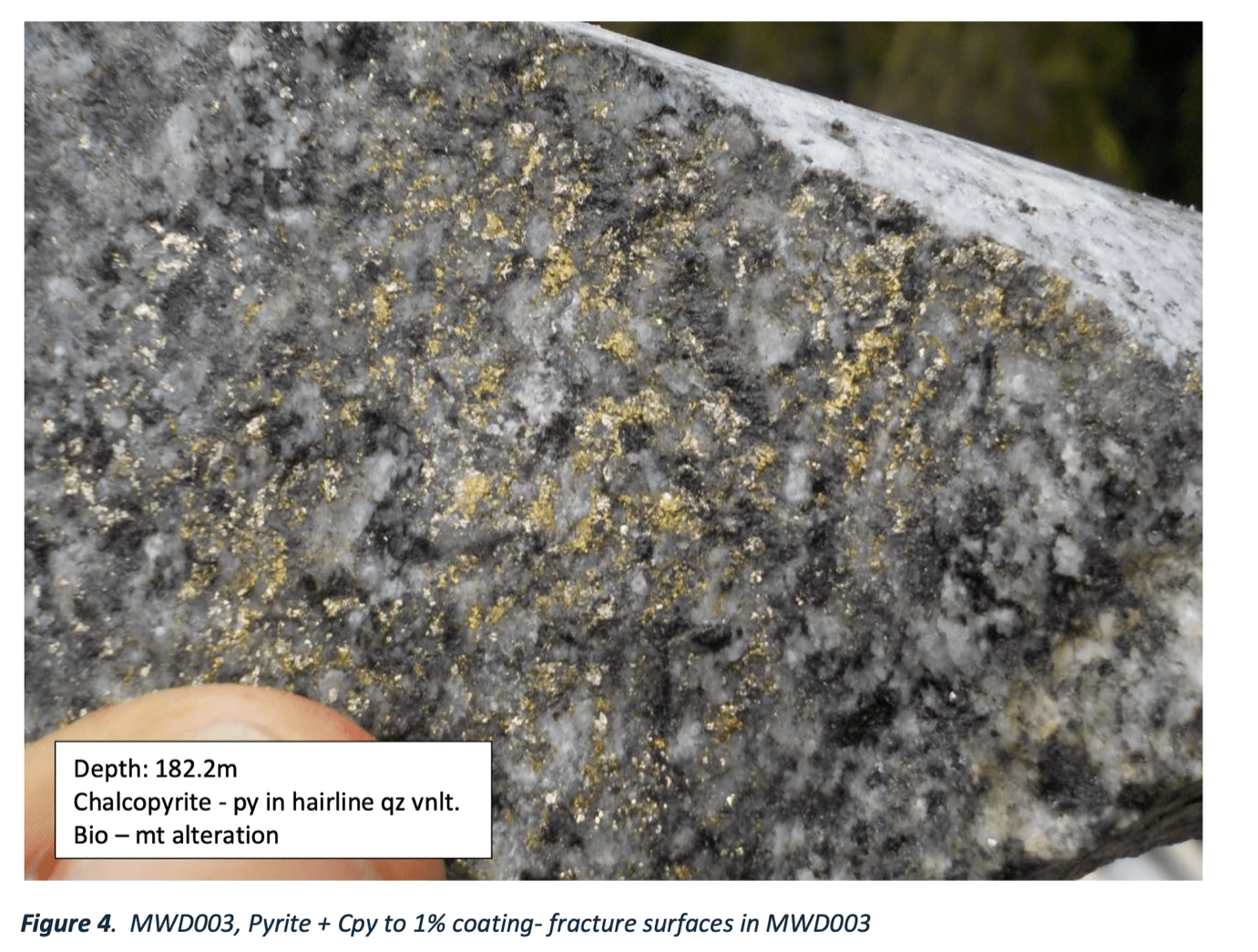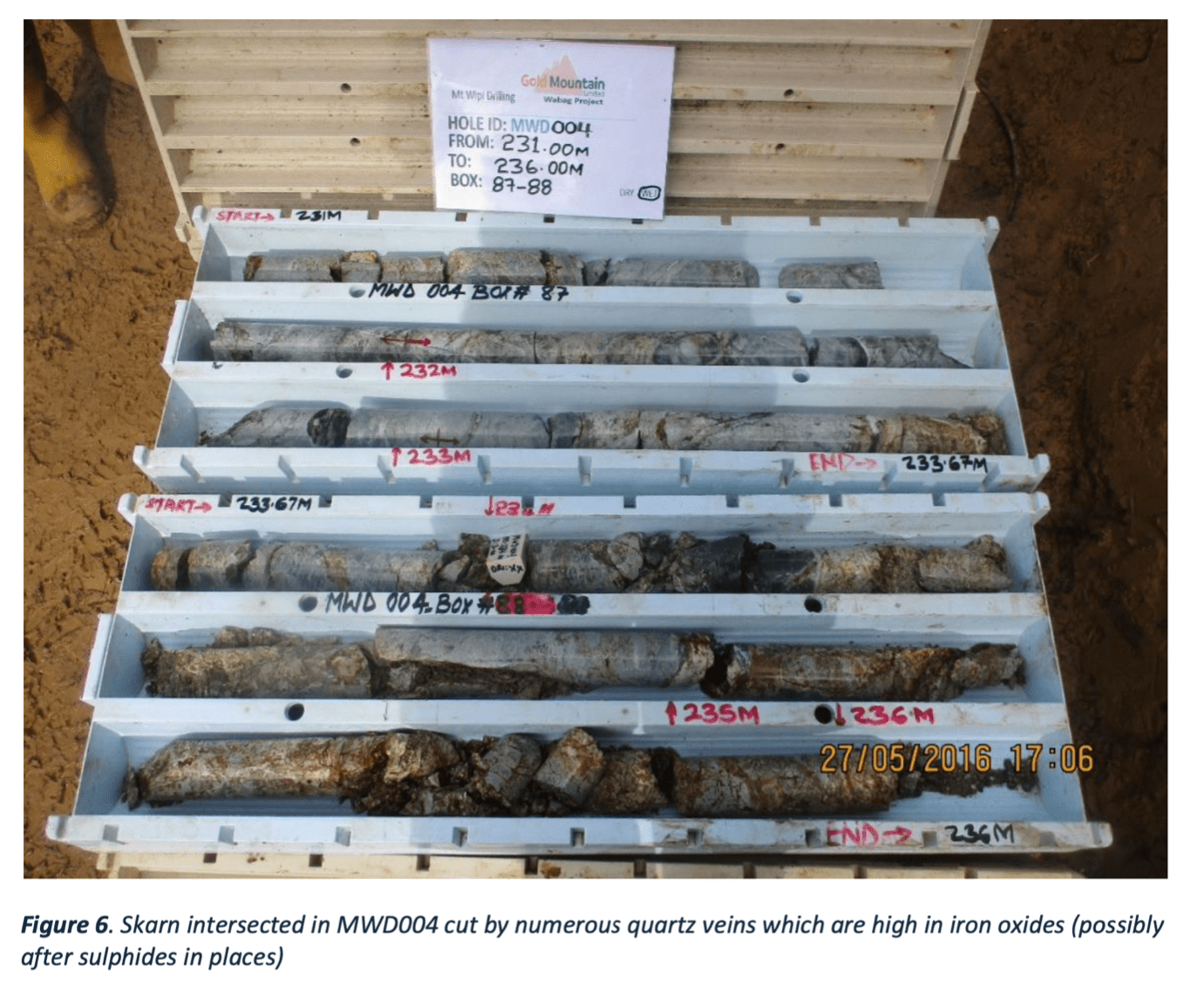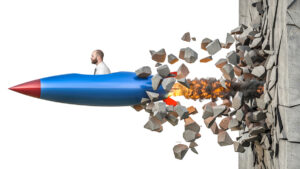Gold Mountain is growing its Mt Wipi project as drilling closes in on the prize

Gold Mountain's Mt Wipi project has been growing steadily in size. Pic: Getty
Drilling is continuing at Gold Mountain’s Mt Wipi project in Papua New Guinea where exploration has steadily increased the area of mineralisation.
The project has come a long way since the company was awarded the lease once upon a time in August 2020.
Back then, initial field work identified outcropping with rock chips topping up at 9.64% copper, 1.96 grams per tonne (g/t) gold and 100g/t silver over an area of 2km by 1km.
Subsequent work such as channel sampling and trenching by Gold Mountain (ASX:GMN) took the current area of interest up to 6.5km by 2.5km – with room to keep growing, setting the stage for drilling that started in August this year.
All holes drilled to date have encountered alteration associated with sulphides, predominantly in the form of pyrite with trace to 1.0% chalcopyrite intersected in all the holes.

Assays have been received to date for MWD001 and 002 with evidence of associated elevated copper mineralisation to 0.33% copper in MWD001 over a 1m interval, and up to 0.31g/t gold, 30g/t silver and 151 parts per million molybdenum in MWD002, again over 1m intervals.
“In the past 6 months, the Mt Wipi Project has gone from a number of anomalous copper-molybdenum soil assays, associated with skarns and intrusives, to a larger and growing porphyry and skarn ‘corridor’ of mineralised magmatic intrusives with the current area of interest having dimensions of 6.5km x 2.5km,” the company’s porphyry expert Phil Jones noted.
“Initial soil, rock chip and trenching program identified the current drill targets and drilling has shown good correlation between surface and drill results.
“More recent soil geochemistry has further defined the structural corridor, with the presence of high-tenor intrusives and the presence of pathfinder elements giving a strong indication of multiple mineralizing events including deeper magmatic intrusives and potentially mineralised porphyries.”
High-priority
He added that drilling confirmed earlier exploration surveys, intersecting wide intervals of skarn altered sediments which often contain visible oxide copper and minor sulphide mineralisation while recent reconnaissance mapping and sampling identified the new Kandum-Pully and Anwan prospects which are high-priority targets.
Chief executive officer Tim Cameron pointed out exploration at Mt Wipi is still in its early stages with more work needed to fully understand what makes it tick.
“The Mt Wipi prospect is an extremely interesting place to explore, there is smoke everywhere we look and hopefully we are about to find the fire and the discovery,” chief executive officer Tim Cameron added.
Drilling is currently underway at the fifth hole.
Drilling closing in on the prize
Holes MWD001 to MWD003 had tested one large anomalous area with the first two holes returning elevated copper and gold while the third, for which assays are still pending, intersected an increasing number of fractures.
Likewise, hole MWD004 that tested another anomaly observed at the nearby Waa Creek intersected more fracturing and intersection

This indicates Gold Mountain might be closing in on some large mineralised porphyry intrusives.
Further activity
The company plans to undertake further petrological and geochemical studies while continuing soil, rock chip and geological mapping programs.
Gold Mountain says in order to maximise efficiency and optimise expenditure, it will resume drilling in February 2022 after assay results are received from all five holes and after geological, geochemical, and petrological analysis have been completed.
This article was developed in collaboration with Gold Mountain, a Stockhead advertiser at the time of publishing.
This article does not constitute financial product advice. You should consider obtaining independent advice before making any financial decisions.
Related Topics

UNLOCK INSIGHTS
Discover the untold stories of emerging ASX stocks.
Daily news and expert analysis, it's free to subscribe.
By proceeding, you confirm you understand that we handle personal information in accordance with our Privacy Policy.








